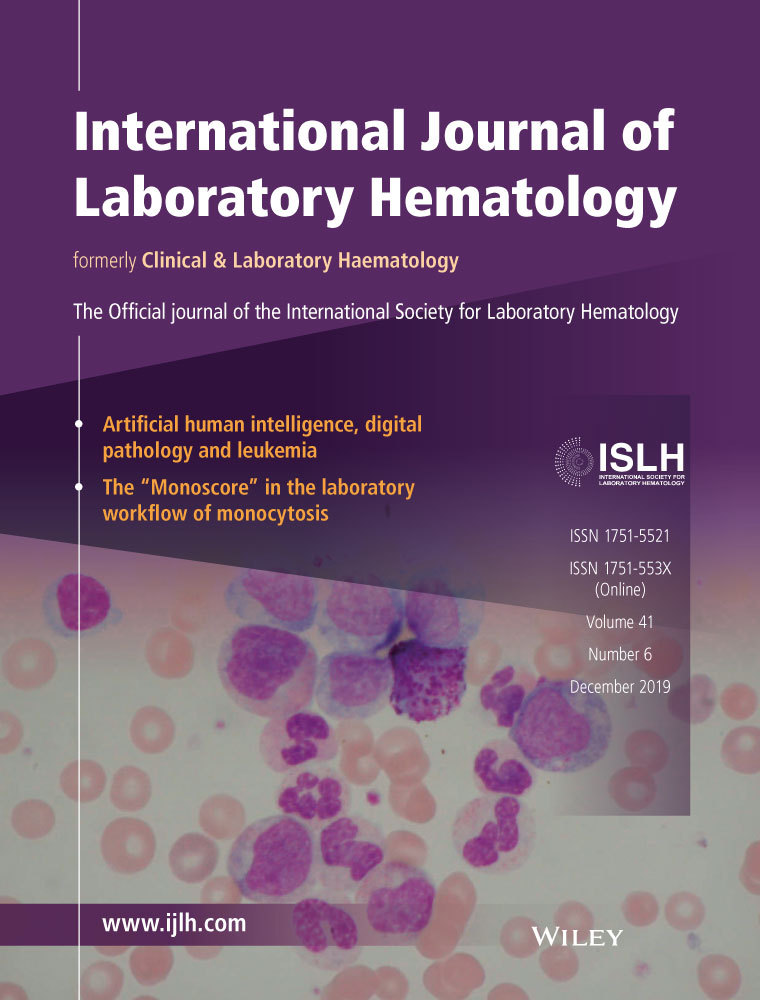Hemostasis critical values among Iranian clinical laboratories “National Survey of 157 Clinical Laboratories”
Abstract
Background
Immediate reporting of critical values or test results significantly outside the normal range has a growing role in the management of patients, especially in life-threatening conditions. Due to the lack of international consensus, diverse approaches are used for determination of thresholds, reporting, documentation, and follow-up. In this study, we assessed how Iranian laboratories manage critical values for hemostasis.
Methods
We designed a standard questionnaire to assess different aspects of hemostasis critical values, including the number of coagulation tests with a defined critical value, critical values reporting, documentation, and follow-up policies. All results were self-reported and correctness of the data was not assessed by the authors.
Results
A total of 166 (66.4%) out of 250 laboratories completed the questionnaire; most (52.4%) were private. About 97% of responding laboratories had a critical values policy. These were defined for 64.3% (n: 27) of all coagulation tests (n: 42) performed in Iranian laboratories. Activated partial thromboplastin time (APTT), prothrombin time/international normalized ratio (PT/INR), platelet count, factor XI, and factor XIII assays had defined critical values among all laboratories performing these tests. Almost all laboratories reported critical values within 1 hour, after confirmation of the result on the same sample (70% of the laboratories) or a new one (13.4% of the laboratories). State and private laboratories had the same critical value reporting policy for in and outpatients, with laboratory technicians reporting critical results to nurses, for the most part.
Conclusion
Although critical value policy is widely used among Iranian laboratories, there is no consensus policy for the reporting of hemostasis critical values, or documentation, threshold determination, and follow-up processes. It is impossible to determine whether non-responding laboratories had any critical values reporting policy. Results thus are biased toward laboratories that did.
CONFLICT OF INTEREST
The authors have no competing interests.




